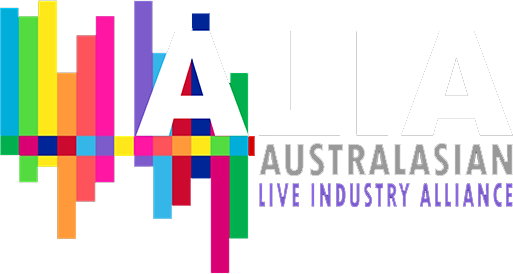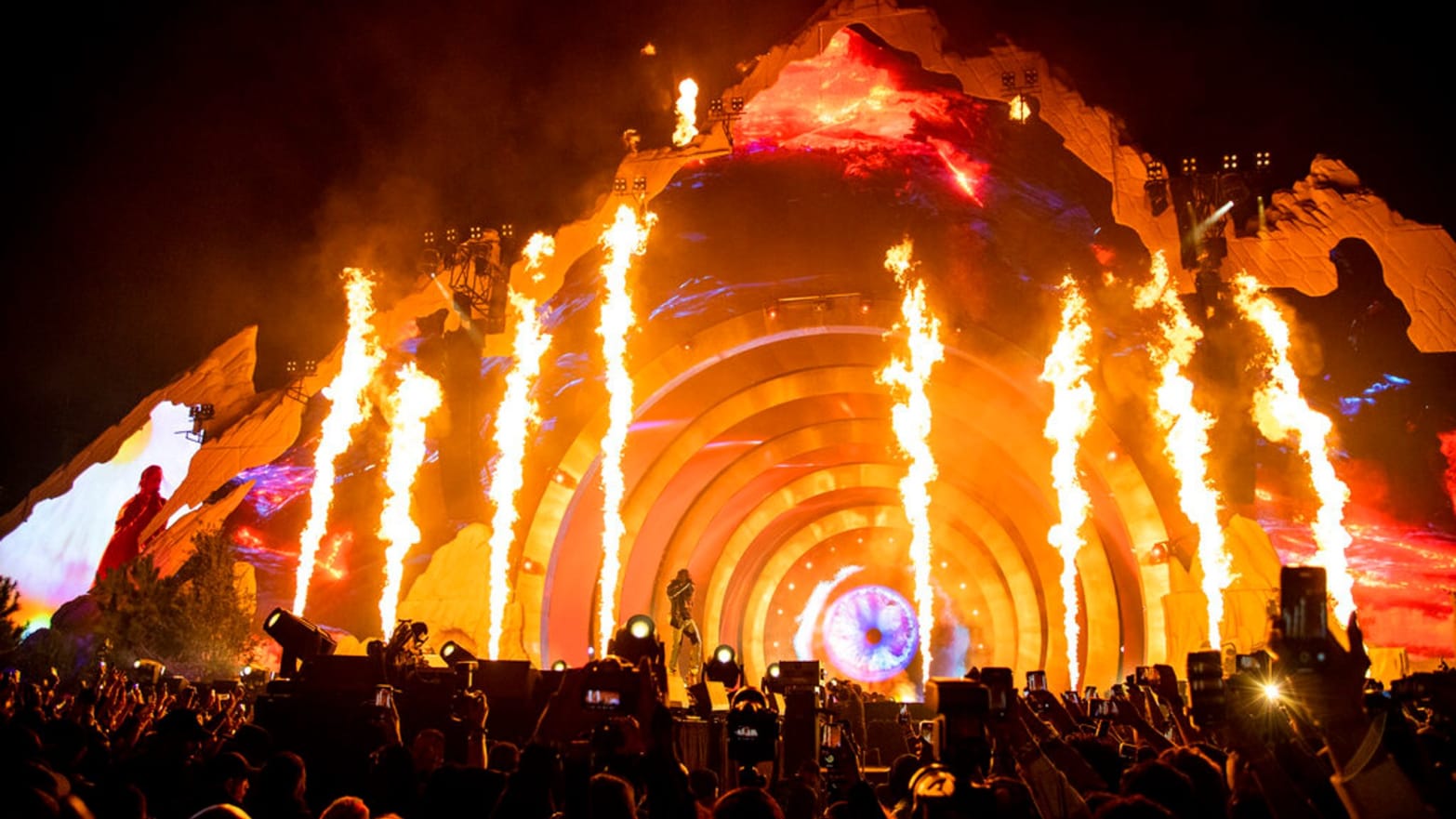By Roderick van Gelder, Stage Safety p/l
Details are slowly coming in about another concert crowd crush, leaving eight fans dead. The crush happened during the Travis Scott set at the Astroworld Festival in Houston Texas. When things like this happen many people start looking for a scapegoat, for someone to blame because that is much easier than trying to understand the cause of the incident. For me, it is important to understand what went wrong and learn from that so we can improve our safety systems and avoid a repeat. At the time of writing, very few details were known about the causes that lead to this crush. We may never have full access to the details, the Loveparade crush in Germany took 10 years to gather details and still very little has been made public.
To put things into context, there are Safety Standards that address public safety at mass gatherings. As this festival took place in the US, they would be operating under the ANSI standard for crowd management, ANSI ES1.9-2020. Although not always applicable under Australian legislation, this Standard is well worth reading and applying as a starting point. Australia has the ‘Safe and healthy Mass Gatherings Guide’ https://knowledge.aidr.org.au/media/4455/manual-12-safe-and-healthy-mass-gatherings.pdf
The core to a safe mass gathering is a solid crowd management plan. But not just a plan, you need the trained and experienced staff to implement it. The other crucial aspect to understand is the difference between crowd management and crowd control. Bluntly put, you only need crowd control when your crowd management fails. Although crowd management is very much based on mathematical equations, it is not a matter of more is better, sadly is still an absolute misconception in event management. The quality far outweighs quantity. If quantity mattered the Astroworld crush should not have happened. As a ballpark ‘rule of thumb’, a promoter would engage security staff at a rate of one guard per 250pax for large scale events. Astroworld was attended by 50,000 people so that would be about 200 guards. According to the reports, there were 755 guards PLUS 528 police officers, five times what would normally be expected yet they failed to keep the crowd safe.
Crowd density is what needs to be monitored as part of crowd safety management. And let’s be clear, that density is not set by calculating the available square metres divided by the number of people. That works as a capacity calculation, not for density determination. The licence may show four people/m2 evenly distributed, once the main act is on that is more likely to be eight people/m2 near the stage and a half-empty room behind them. This is where you need skilled people to monitor crowd density and step in when things get too uncomfortable for people. That means having the right people behind the barrier who know how to get punters out of a moshpit when they struggle.
But the big risk is crowd surges in a high-density crowd. Crowds of eight people per square metre effectively mean that you have little control over your movement or that of others around you. And if you would trip and fall in such a situation, chances are you won’t be able to get up. Instead, another person may trip over you and land on top of you, and another, and another. This is very difficult to see from floor level – crowd spotters should be positioned in high positions, like F/spot towers or cameras in the stage roof, pointing down on the crowd. All of that should be backed up by solid comms so that the right resource can be directed to where people are in trouble, quickly.
 Barricades form part of standard safety management for concerts and festivals and many discussions are being had about the ideal configuration. From the footage of Astroworld there does appear to be a ‘T’ shaped barrier with a good corridor between the stage and FOH that would give security good access to the crowd and would stop sideways movement. There appear to be sections in the GA area but not enough detail to comment. Barricade design is very much cooperation between the act, security and the crowd manager. Many different things influence the design and there is no single ‘best’ configuration.
Barricades form part of standard safety management for concerts and festivals and many discussions are being had about the ideal configuration. From the footage of Astroworld there does appear to be a ‘T’ shaped barrier with a good corridor between the stage and FOH that would give security good access to the crowd and would stop sideways movement. There appear to be sections in the GA area but not enough detail to comment. Barricade design is very much cooperation between the act, security and the crowd manager. Many different things influence the design and there is no single ‘best’ configuration.
The most crucial thing I believe was missing from the Astroworld festival was a ‘Show Stop’ procedure. The act didn’t stop despite acknowledging that there were problems in the crowd. ‘Stop Show’ is a set of actions to be taken when things go wrong, as they will from time to time. It means turning down audio, except for a single mic for the crowd manager, stopping the light show, turning all lights to white and pointing them in the crowd, show clear messages on the video screens explaining what is going on. The crucial element is communication with the crowd. Keeping a crowd involved and informed will make them much more understanding and helpful. Just turning the music off without an explanation can easily turn into a riot. Many people still remember Chuggy standing on stage and yelling “hey you in the black t-shirt, stop running” and half the crowd would come to a grinding halt. Worked much more effectively than 20 security guards chasing people. And still does.
One final thing about the Astroworld security maybe not being up to scratch, there are reports, supported by video, that earlier in the day people stormed the entrance area and metal detectors (it is Texas) and completely overwhelmed security and police at the gate. When things like that happen you know you have a much more hostile crowd than possibly expected and should respond accordingly. Not sure if anything happened.
For now, we mourn another eight young people who were going to have a great time at a concert and never came home. Let’s be respectful of that and make sure we don’t make the same mistakes on our watch.
Roderick has been a risk and safety manager for events, concerts and performing arts for nearly 20 years through his company Stage Safety p/l. He has trained under Keith Still for his crowd management accreditation. Roderick also took part in the preparation of ANSI ES1.9-2020 and contributed to the AIDR Safe and Healthy Mass Gathering Guide.





















































